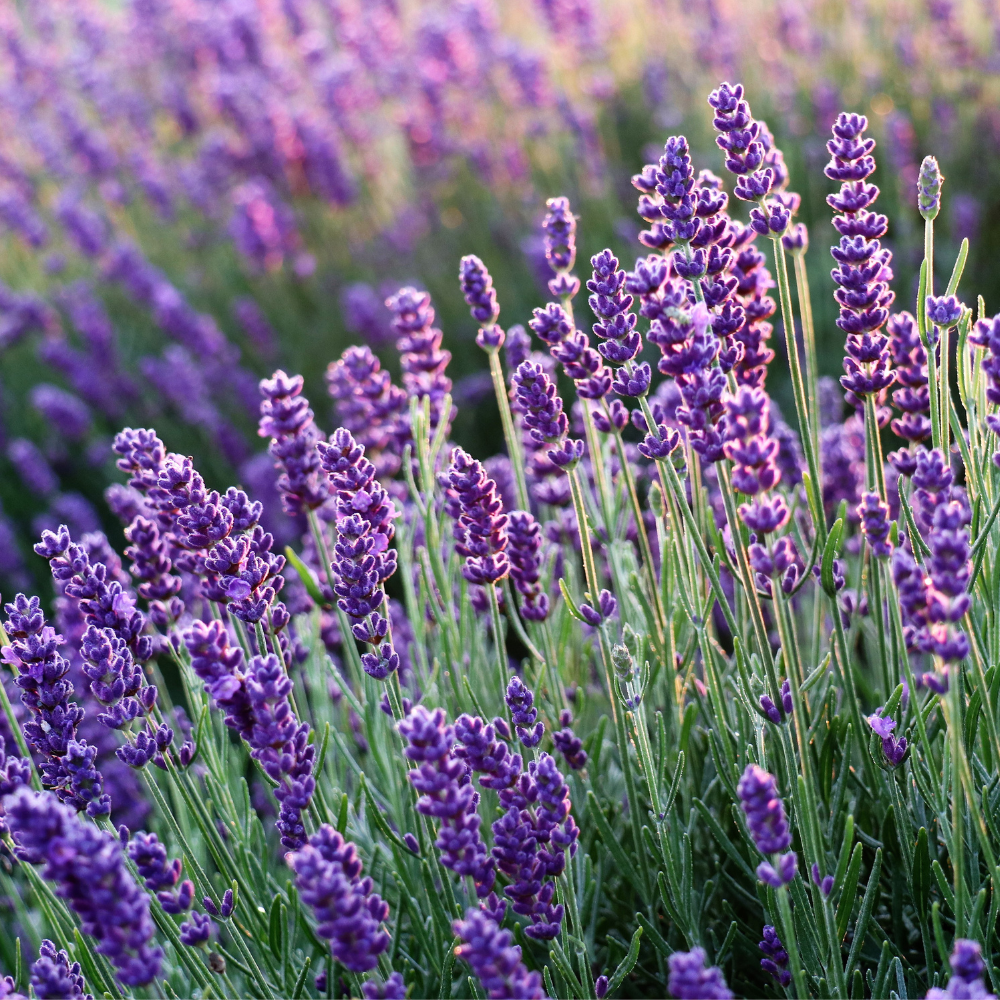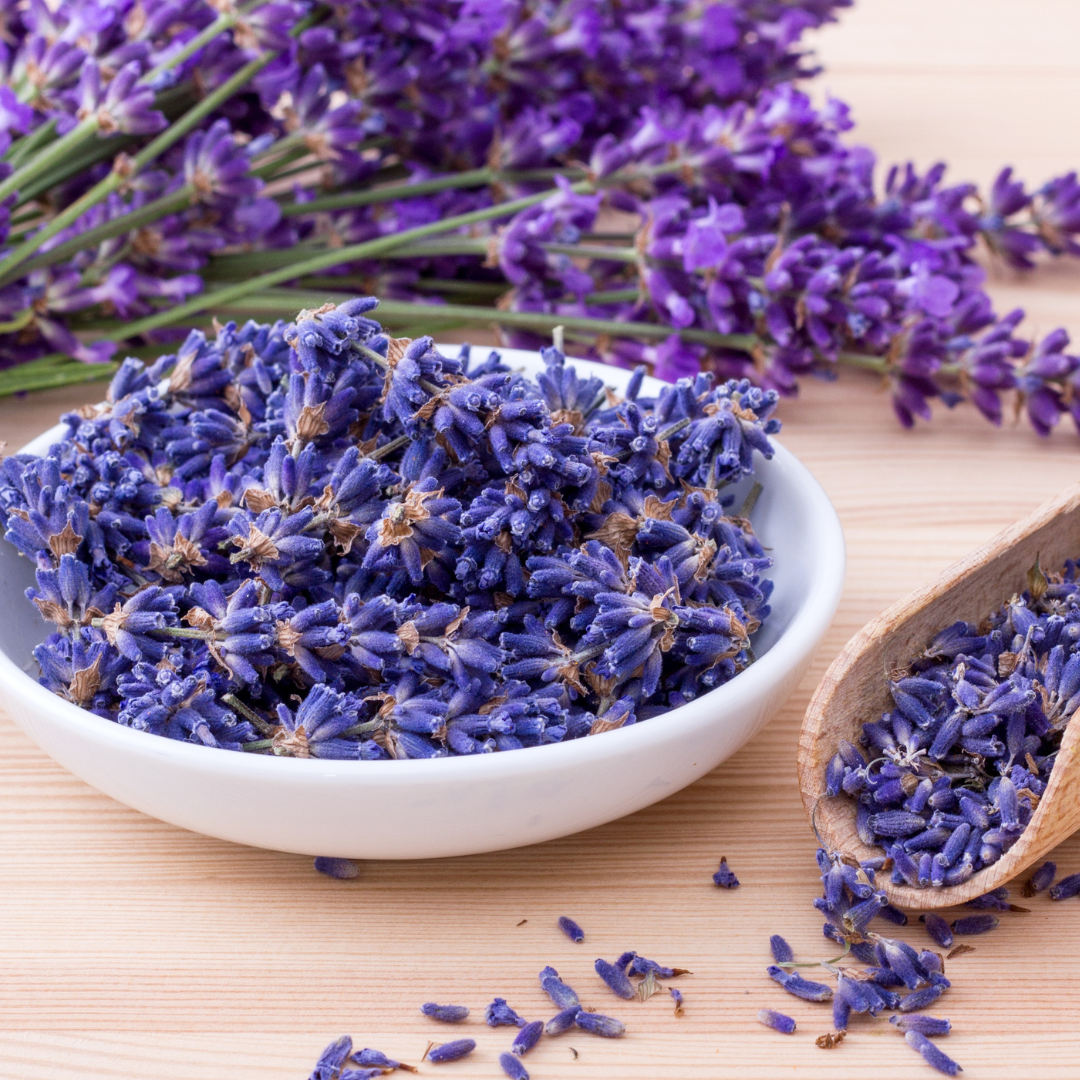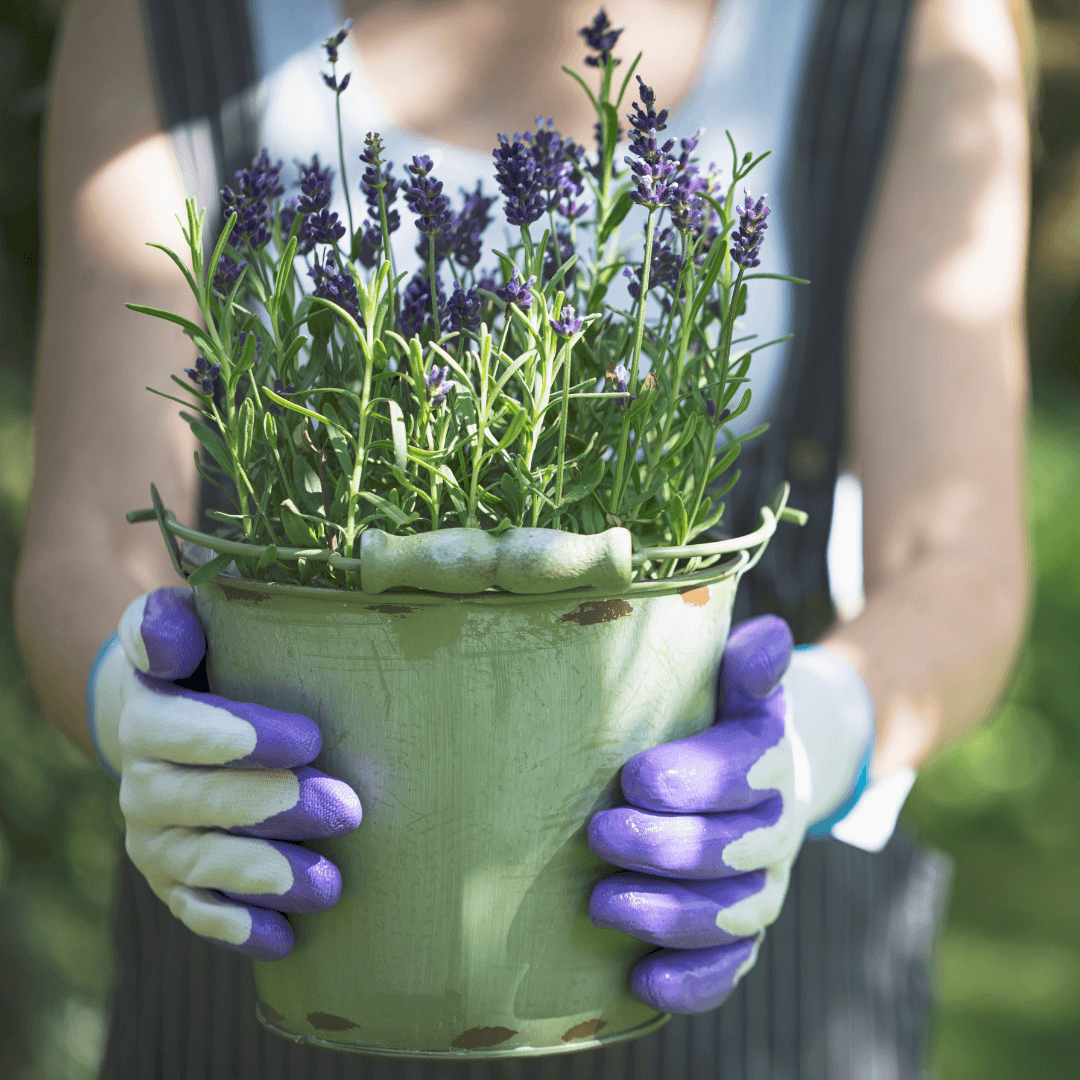The herb lavender is well-known for its calming scent and blue and purple blossoms. Although lavender is frequently associated with Mediterranean temperatures, it is feasible to grow lavender in Oklahoma with the appropriate growth circumstances. We'll go through how to cultivate lavender in Oklahoma in this blog post and provide some advice to make it successful.
Growing Conditions
When producing lavender in Oklahoma, the growing conditions should be your first priority. It's crucial to pick a spot in your yard that receives at least six hours of direct sunlight daily because lavender plants prefer full sun. Choose a location with not too heavy or compacted soil because lavender needs well-draining soil to prevent root rot.
Air Circulation
To thrive, lavender plants also need a healthy supply of oxygen. This means you should avoid planting them too close together because this could dampen the plants and encourage the fungus spread. Give your lavender plants room to develop and enough area for air circulation by setting them at least 18 inches apart.
Soil Type
The type of soil you have in your garden can also impact the growth of lavender plants. Oklahoma's soil is predominantly clay, which can challenge lavender. If your soil is heavy and clay-like, you must amend it with compost or sand to improve drainage. Consider planting your lavender in raised garden beds to ensure the soil drains well and provides the right growing conditions for your plants.
Lavender Varieties
When it comes to growing lavender in Oklahoma, choosing a suitable variety is essential. English lavender (Lavandula angustifolia) is a popular choice, as it is well-suited to Oklahoma's growing conditions. English lavender has narrow leaves and produces flower spikes densely packed with small, purple flowers.
Another variety to consider is French lavender (Lavandula stoechas). This variety has broader leaves and produces flower spikes with large, showy flowers in shades of pink and purple. However, French lavender is less tolerant of cold temperatures and may not be suitable for all areas of Oklahoma.
Growing Season
In Oklahoma, lavender should be planted after the last frost has passed, which is usually in late March or early April. This gives your plants the best chance to establish themselves before the summer heat. Lavender is a perennial plant, meaning it will return year after year if properly cared for.
Caring for Lavender Plants
Once your lavender plants are established, they require minimal care. Lavender plants should be watered deeply but infrequently, allowing the soil to dry out between watering. Overwatering can lead to root rot and other problems, so istriking the right balance is essential
Pruning is also essential for lavender plants. Pruning encourages new growth and helps your plants maintain their shape. Prune your lavender plants in the spring, removing any dead or damaged wood and cutting back the plant by one-third to one-half.
Harvesting Lavender
Lavender flowers can be harvested when the buds open before the flowers are fully available. The best time to harvest lavender is in the morning when the essential oils are most concentrated. Cut the stems with a sharp pair of scissors, leaving a few inches of stem attached. Hang the harvested lavender upside down in a cool, dry place to dry.
Final Thoughts
Growing lavender in Oklahoma is possible with the right growing conditions and care. Choose a spot in your garden with full sun, well-draining soil, and good air circulation. Plant your lavender after the last frost has passed, and choose a variety well-suited to Oklahoma's growing conditions. Once established, lavender plants require minimal care but benefit from regular pruning. Now that you know how to grow lavender in Oklahoma, will you try adding it to your garden?







